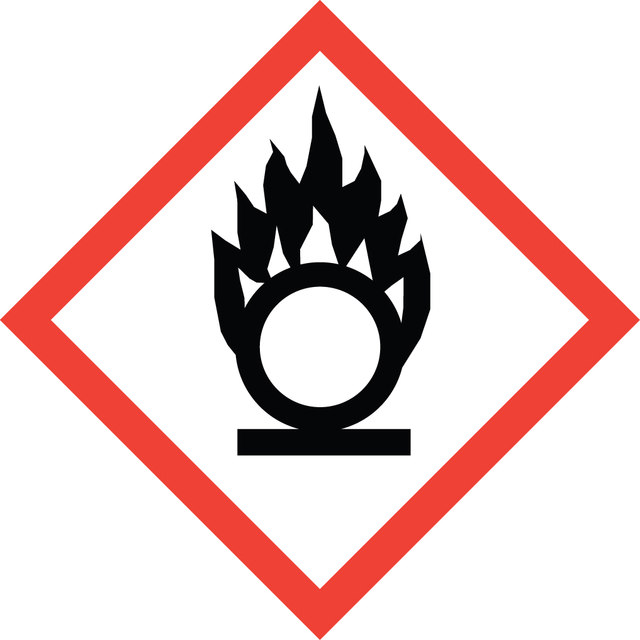Quality Level
form
powder
technique(s)
cell culture | plant: suitable
application(s)
agriculture
shipped in
ambient
storage temp.
2-8°C
Looking for similar products? Visit Product Comparison Guide
Application
Preparation Note
Media Formulation
Signal Word
Warning
Hazard Statements
Precautionary Statements
Hazard Classifications
Eye Irrit. 2 - Ox. Sol. 3
Storage Class Code
5.1B - Oxidizing hazardous materials
WGK
WGK 2
Flash Point(F)
Not applicable
Flash Point(C)
Not applicable
Regulatory Information
Choose from one of the most recent versions:
Already Own This Product?
Find documentation for the products that you have recently purchased in the Document Library.
Which document(s) contains shelf-life or expiration date information for a given product?
If available for a given product, the recommended re-test date or the expiration date can be found on the Certificate of Analysis.
How do I get lot-specific information or a Certificate of Analysis?
The lot specific COA document can be found by entering the lot number above under the "Documents" section.
How do I find price and availability?
There are several ways to find pricing and availability for our products. Once you log onto our website, you will find the price and availability displayed on the product detail page. You can contact any of our Customer Sales and Service offices to receive a quote. USA customers: 1-800-325-3010 or view local office numbers.
What is the Department of Transportation shipping information for this product?
Transportation information can be found in Section 14 of the product's (M)SDS.To access the shipping information for this material, use the link on the product detail page for the product.
What is the stability of the prepared Murashige and Skoog Basal Medium, Product M9274?
This agar-containing medium can be stored for 3 to 6 months, depending on the stability of any additional supplements, if stored properly with no observable dehydration of the gel. If the medium appears to darken or pull away from the sides of the culture vessel, it should be discarded.
How is Murashige and Skoog Basal Medium, Product M9274 different from Product M5519?
M9274 contains sucrose at 30 g/L and agar at 8 g/L; M5519 does not.
How firm is the gel in the final sterile medium preparation of Murashige and Skoog Basal Medium, Product M9274?
This formulation contains 8g/L of standard agar resulting in fairly firm and rigid culture medium.
My question is not addressed here, how can I contact Technical Service for assistance?
Ask a Scientist here.
Related Content
Our team of scientists has experience in all areas of research including Life Science, Material Science, Chemical Synthesis, Chromatography, Analytical and many others.
Contact Technical Service
